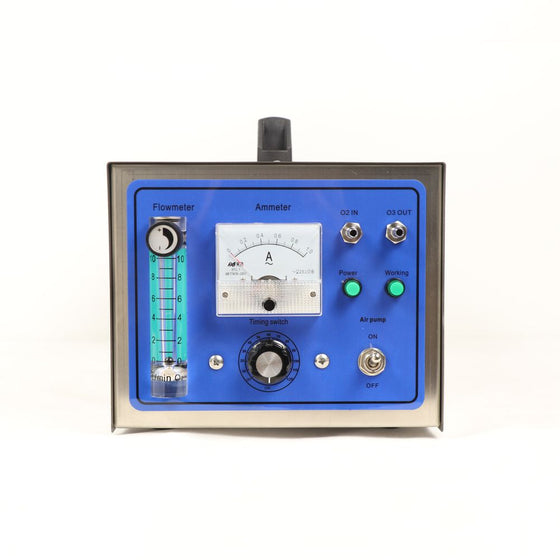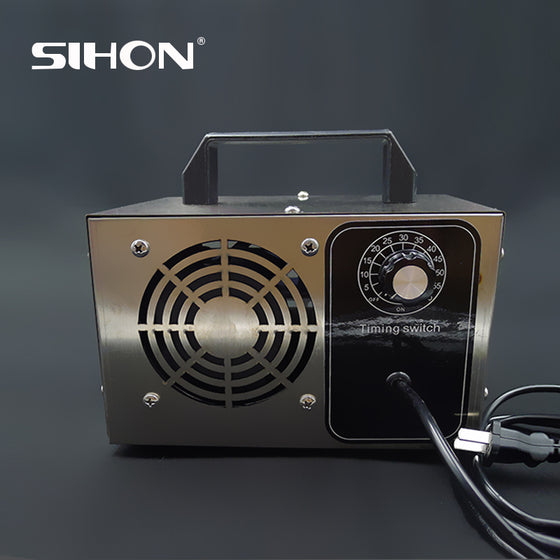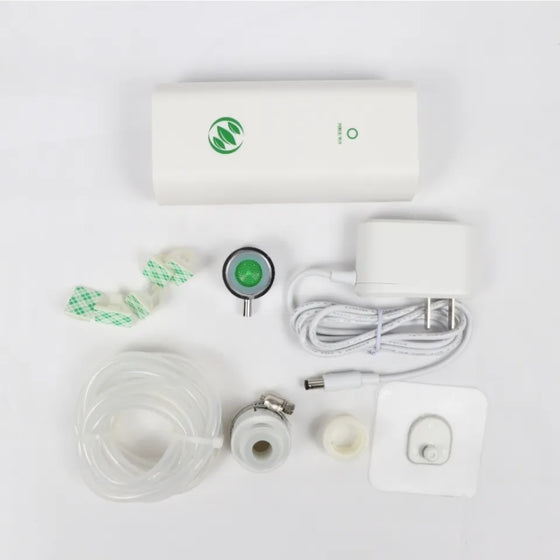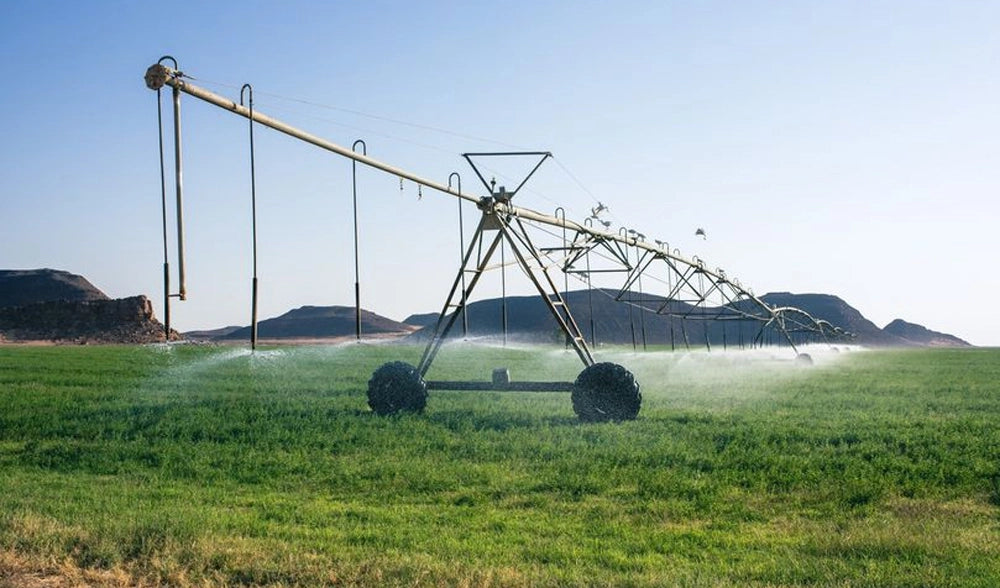Application of Ozone in the Production of Dairy Milk

Benefits of Using Ozone
The utilization of ozone water treatment technology is boosting production levels in poultry, pig, and dairy farms, leading to tangible financial gains that are evident in their overall profits. In cases where livestock experience stunted growth, suboptimal reproduction, frequent illnesses, and reduced milk productivity, the quality of water they consume may be the pivotal factor. In certain instances, compromised water quality can initiate or exacerbate these production-linked issues. Particularly, lactating cows display aversion to water with displeasing taste, leading to inadequate consumption and subsequent decline in milk output.
Water taste can be influenced by minerals, as elevated concentrations of one or multiple minerals have the potential to introduce an unpleasant flavor. Employing ozone treatment for drinking water can facilitate the oxidation of these minerals, subsequently eliminating them from the water.
Livestock display a discerning preference for the water they consume. Eliminating undesirable flavors and odors has the potential to augment water intake among animals such as dairy cattle, consequently leading to a measurable upswing in milk output. Moreover, well or surface water often carries a burden of bacteria.
Elevated bacterial content in drinking water can induce illnesses, particularly when the concentrations are exceptionally high. Nevertheless, even minimal levels of bacteria can subject cows to stress and impede milk production rates. The implementation of ozone-based purification for drinking water has already yielded significant reductions in mortality rates for poultry and swine farmers. It is therefore a rational deduction that a similar positive impact can be expected for cattle.
Ozone in the Air
Infusing the barn atmosphere with minute quantities of ozone can yield a multitude of advantages. This application can effectively eradicate the odor emanating from the manure within the barn environment. Concurrently, it will obliterate harmful bacteria including E. Coli and salmonella. Experience with introducing ozone into airspaces within pig barns has led to a series of beneficial outcomes. These include the eradication of odors, a decline in fly populations, mitigation of illnesses, and a notable reduction in mortality rates.
Ozone for Disinfection
The foundation of producing high-quality milk rests upon the implementation of effective hygienic measures. Unclean cows and contaminated equipment have the potential to escalate bacterial concentrations within the bulk tank. Within the food and dairy sectors, there is a preference for eco-friendly sanitizing agents that offer a viable alternative.
Ozone serves as a powerful oxidizer, exhibiting a robust ability to eliminate bacteria, pathogens, and viruses. Prior to milking, it is recommended to cleanse both the complete udder and the hind legs using ozonated water, a practice that effectively mitigates these concerns. Employing ozonated water for rinsing the milking equipment not only sanitizes it but also curtails the risk of milk contamination. Routine washing of all equipment employed for cow feeding with ozonated water is advisable to eradicate mold, mildew, and bacterial growth.

Mastitis in Milk Cows
Mitigating stress and managing contagious diseases can yield a dual benefit: not only can it diminish the repercussions of environmental mastitis, but it can also result in heightened milk production levels. Among milking practices, with udder preparation being a focal point, the extent of environmental mastitis can be influenced.
While no singular preventive measure can match the efficacy of minimizing bacterial exposure in averting mastitis and upholding the quality of milk production, using ozonated water for udder cleansing in the milking parlor and for floor sanitation during bedding replacement can contribute to bacterial reduction. Introducing ozone gas into the barn environment also offers a continuous defense mechanism against bacterial presence.
Remediation of Smell
The national government intends to initiate oversight and control measures for odor management on extensive farms. A practical approach involves the initial separation of solids from liquids using a screw press. Subsequently, ozone can be employed to treat the wastewater, leading to a substantial reduction or complete elimination of pathogens and odor within the wastewater lagoons.
New Arrivals
Leave A Reply
Your email address will not be published. Required fields are marked *






